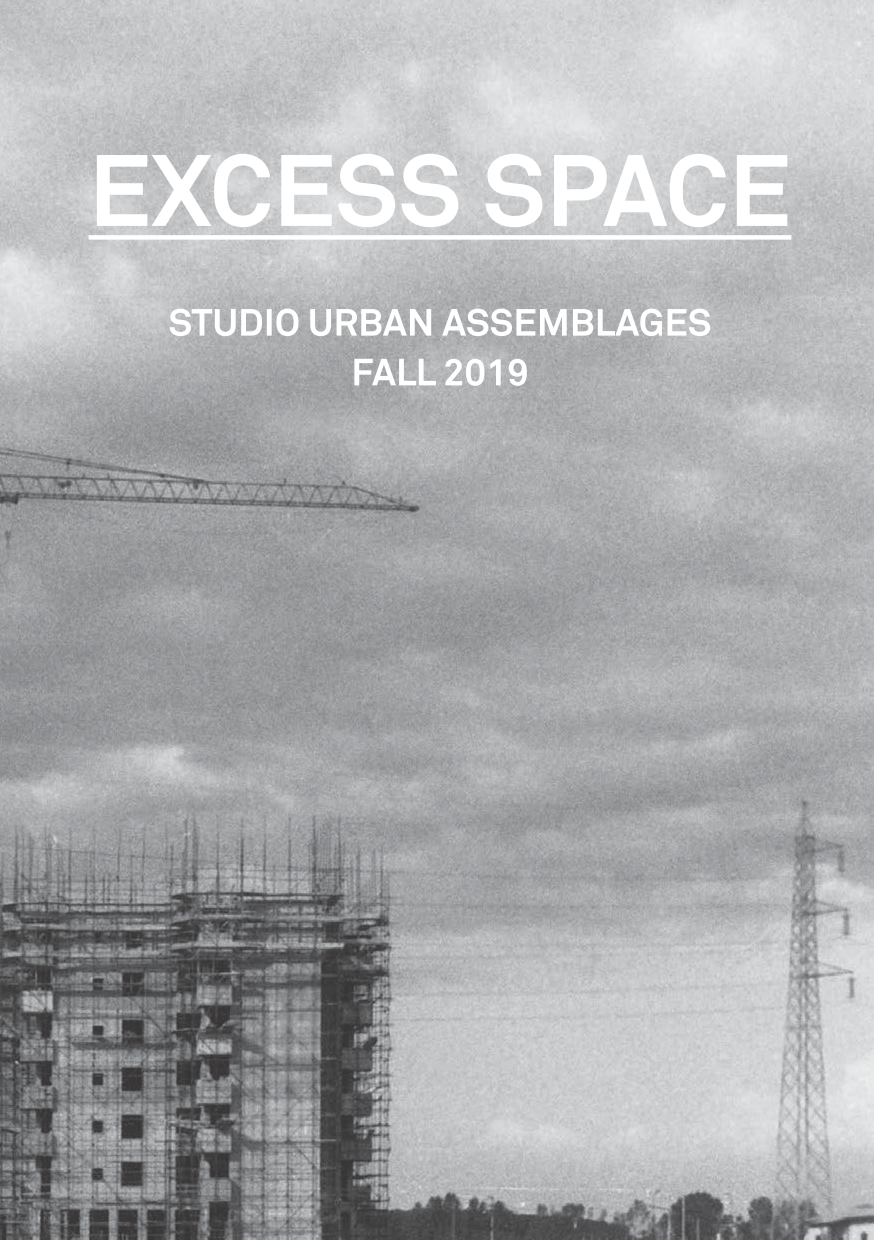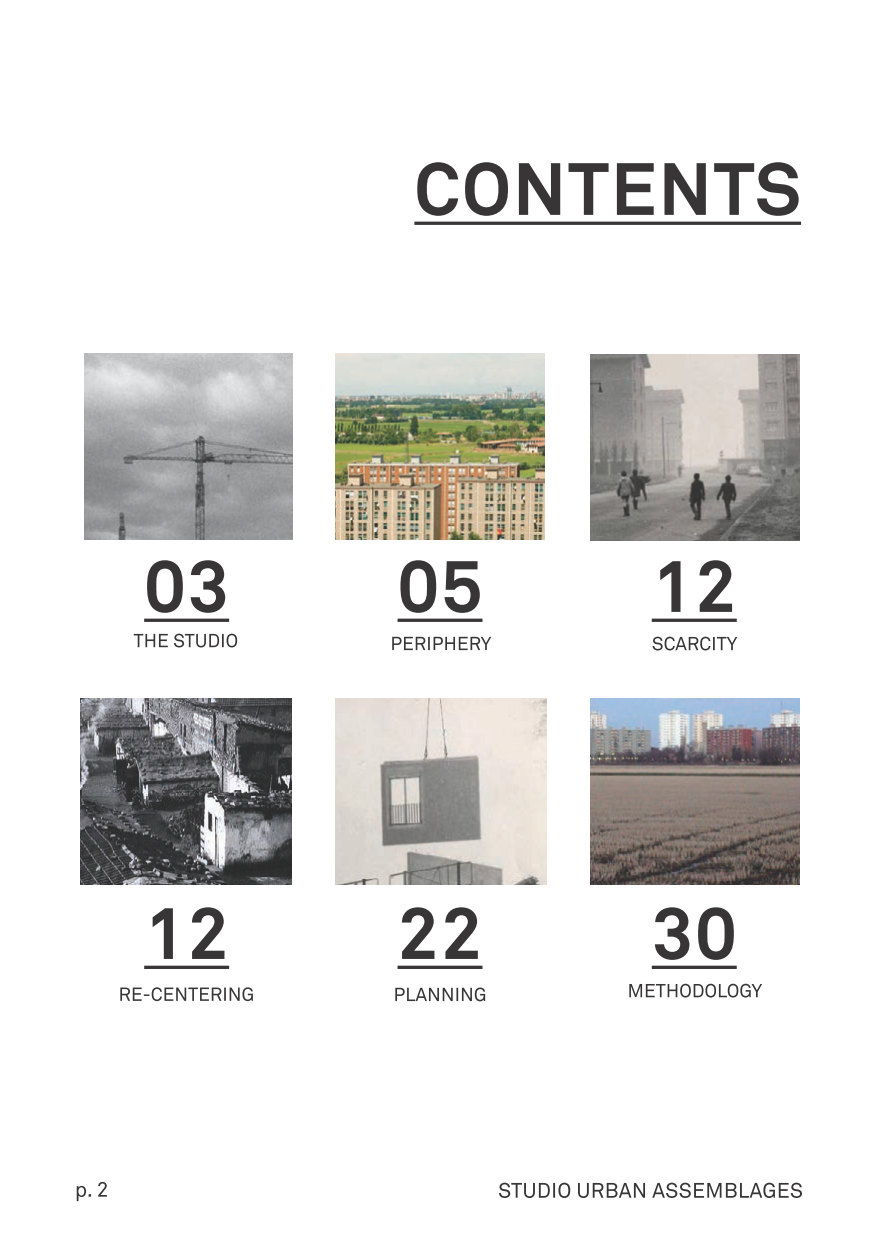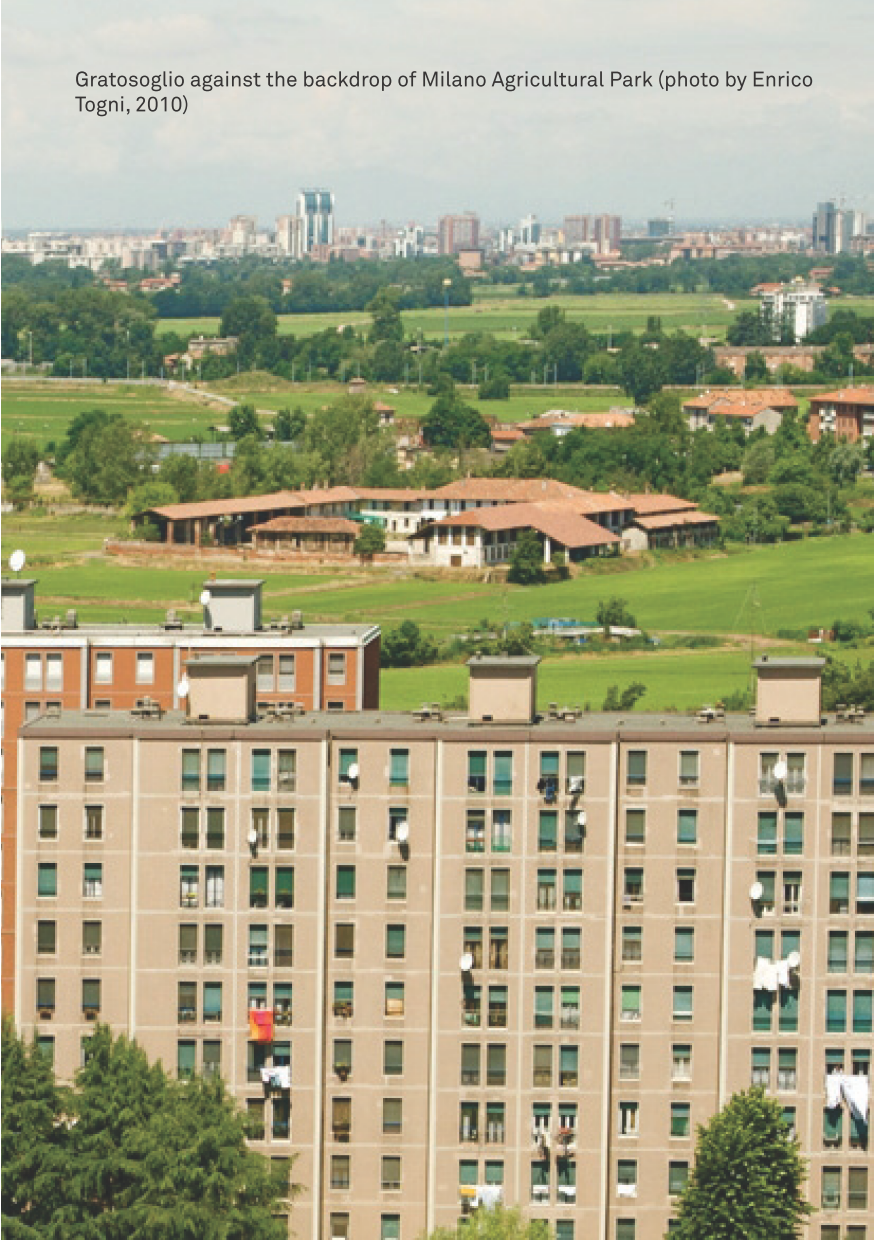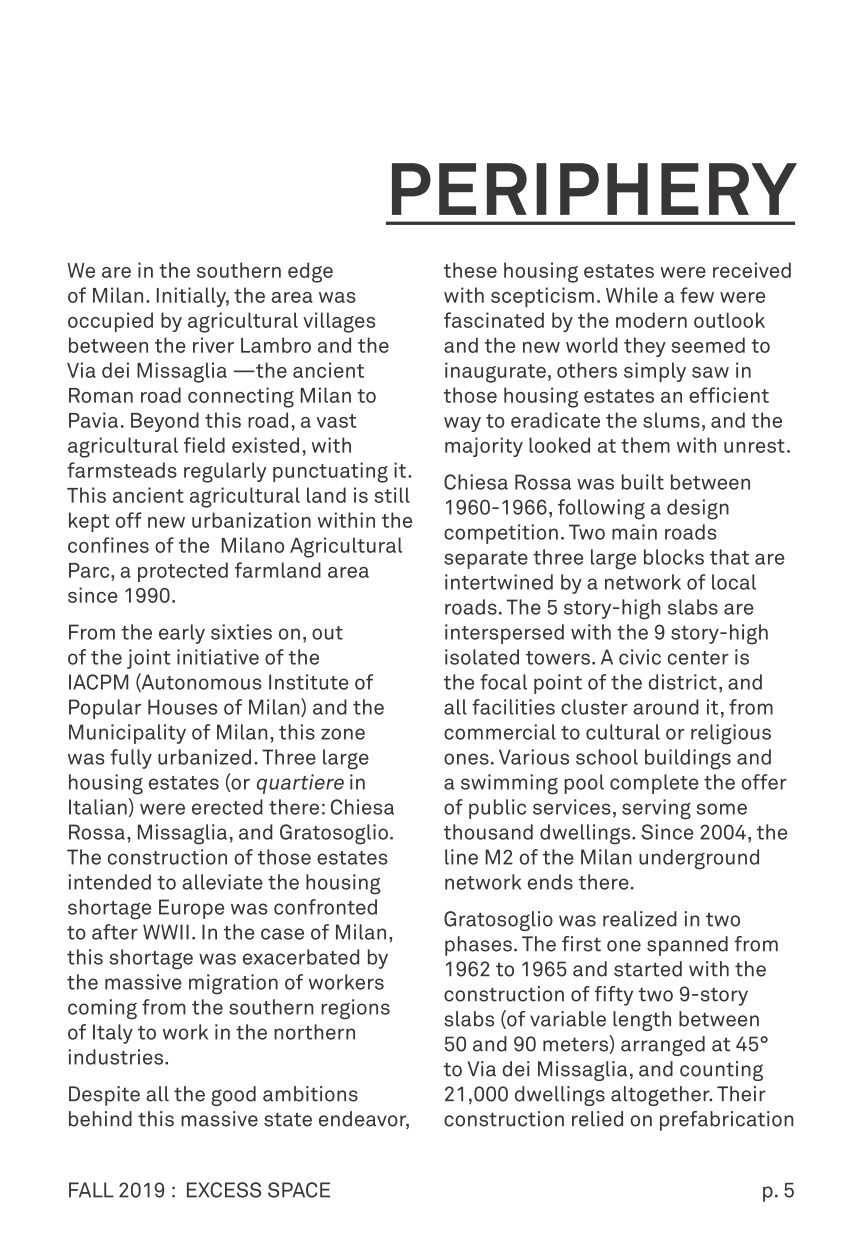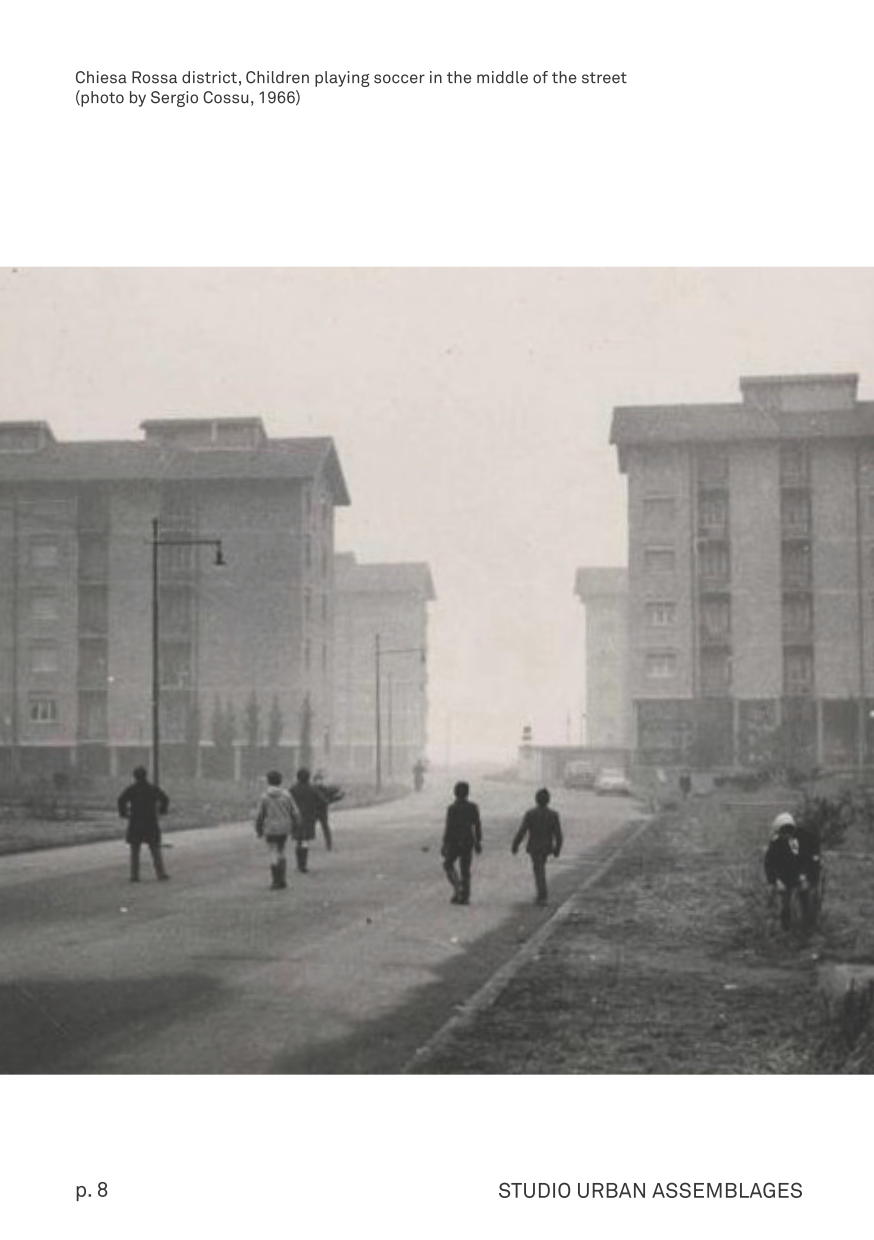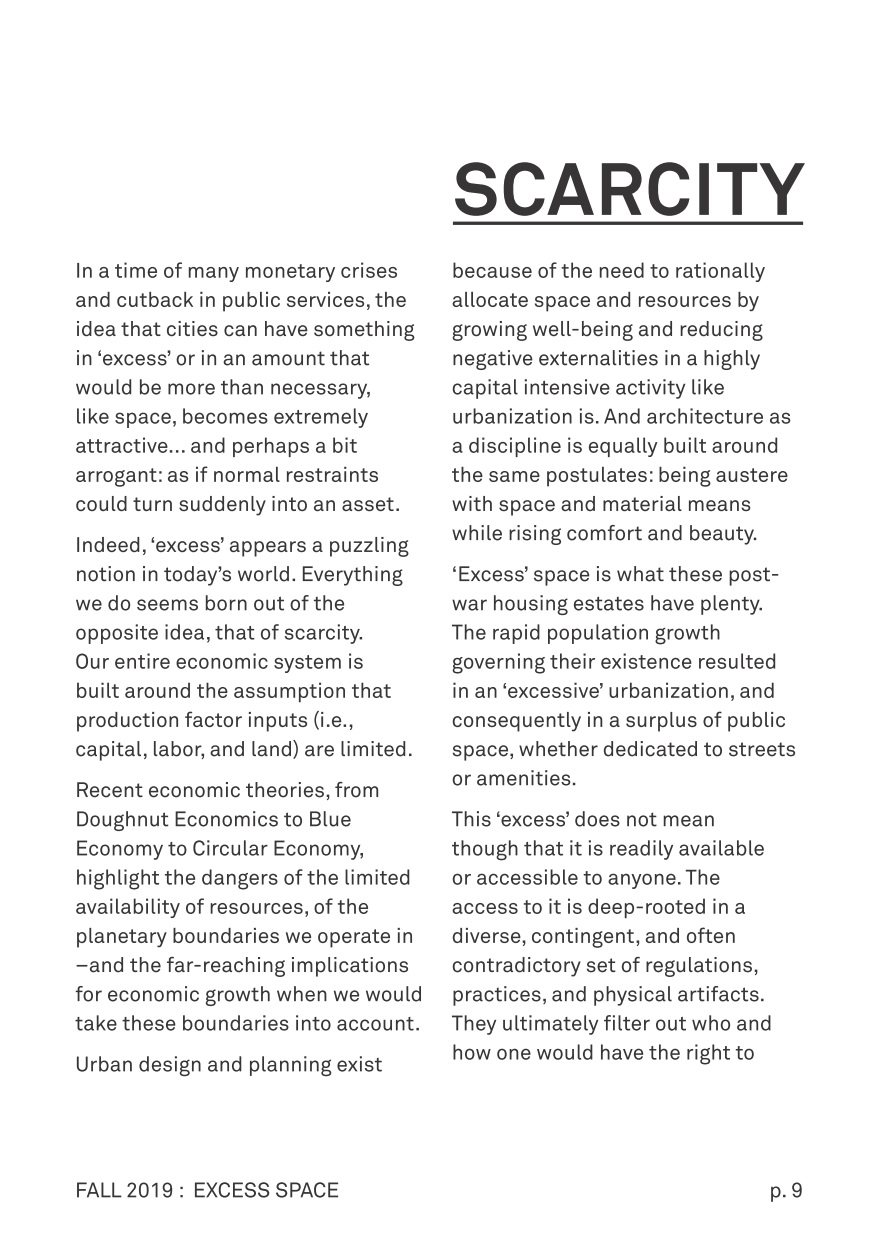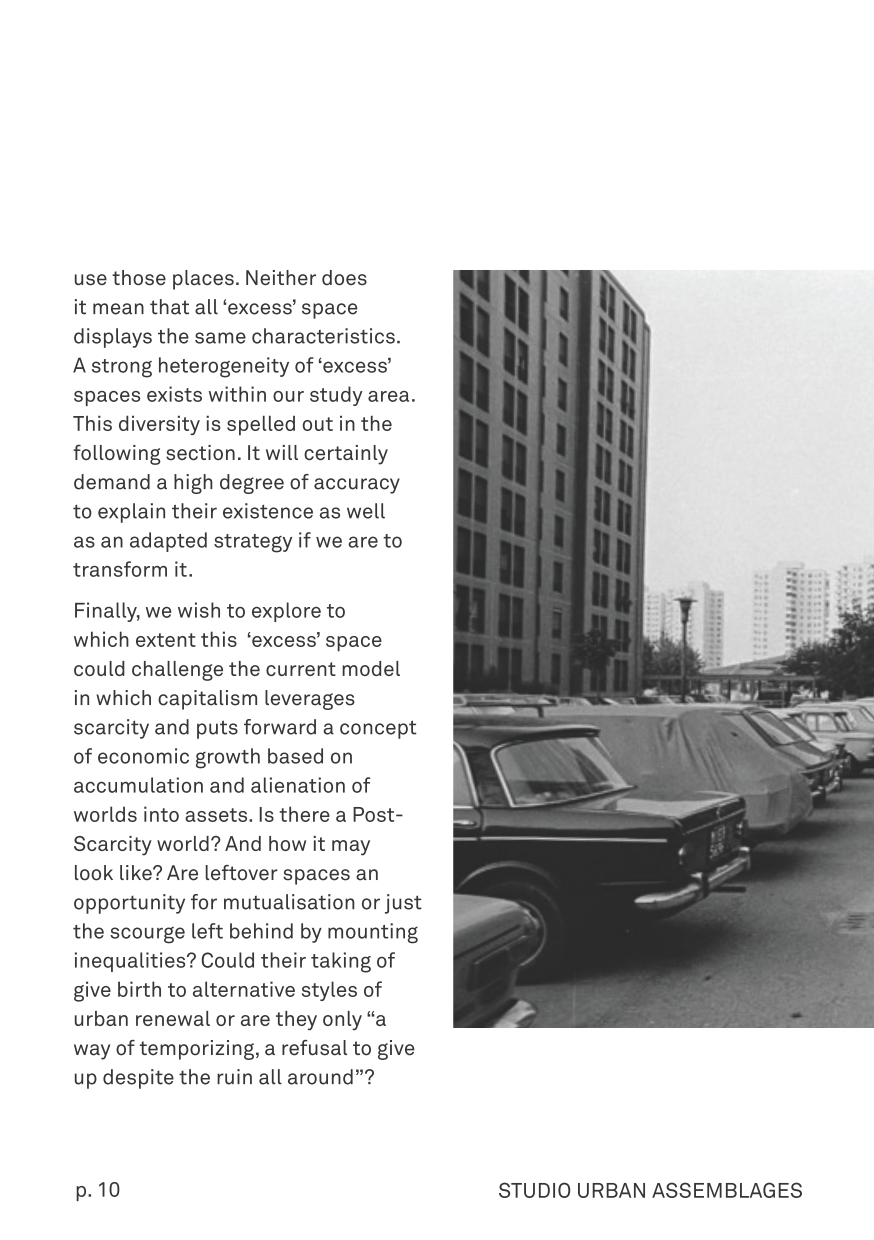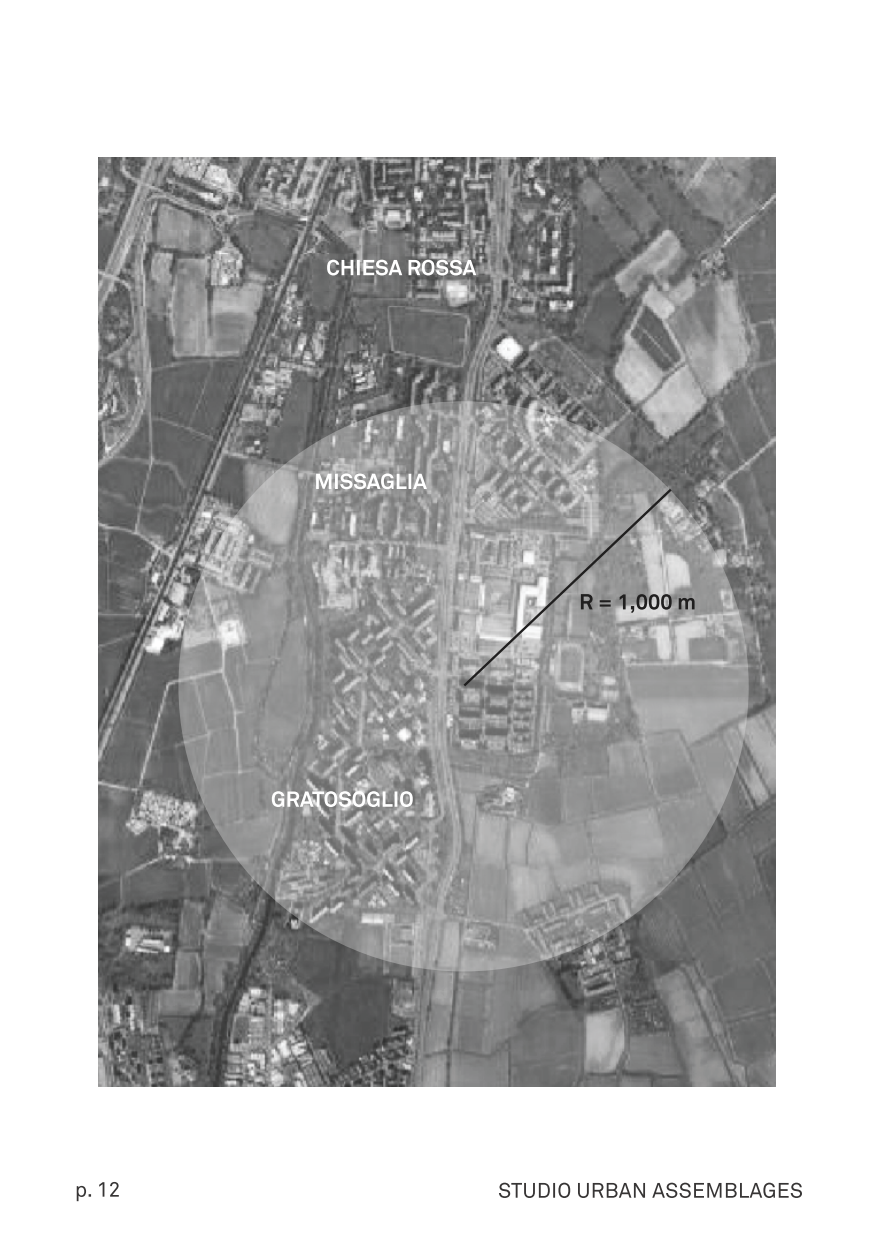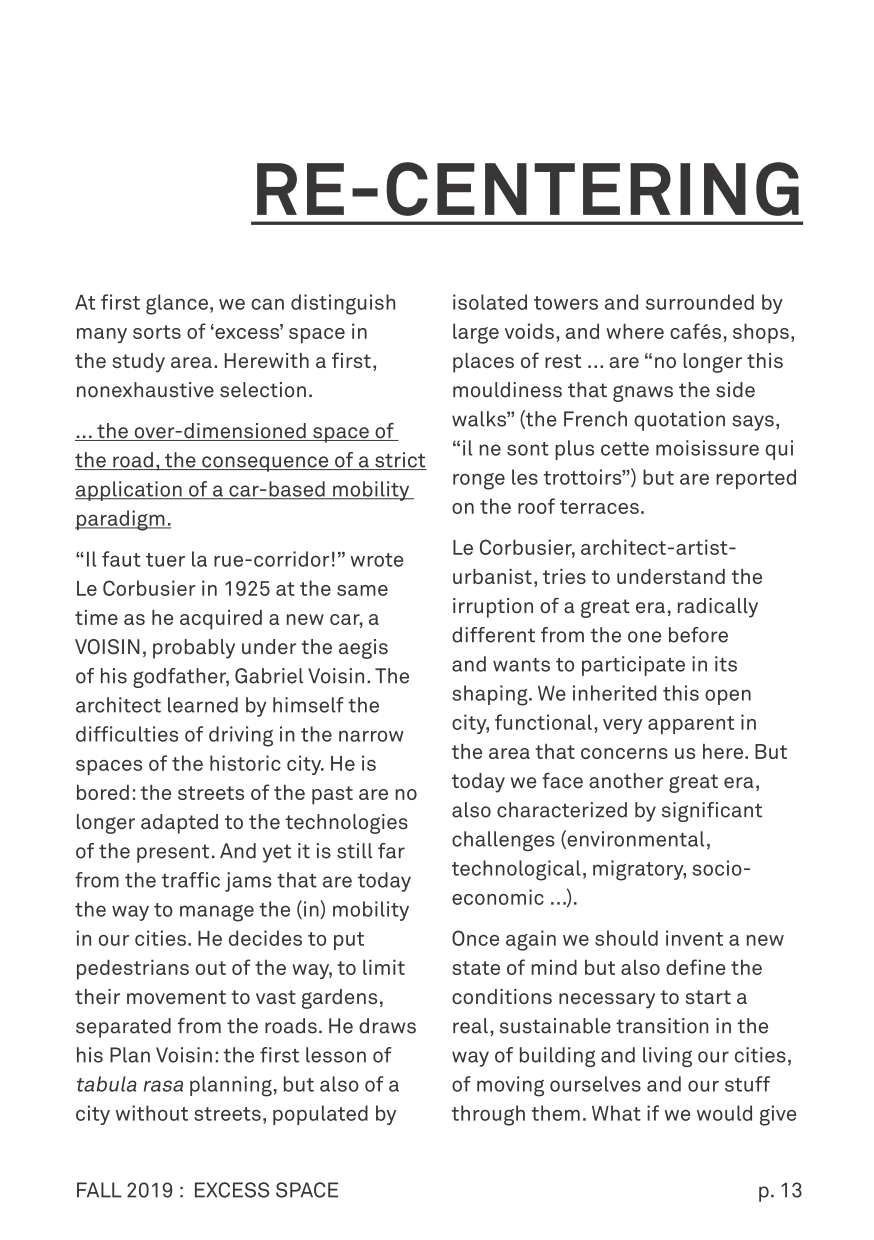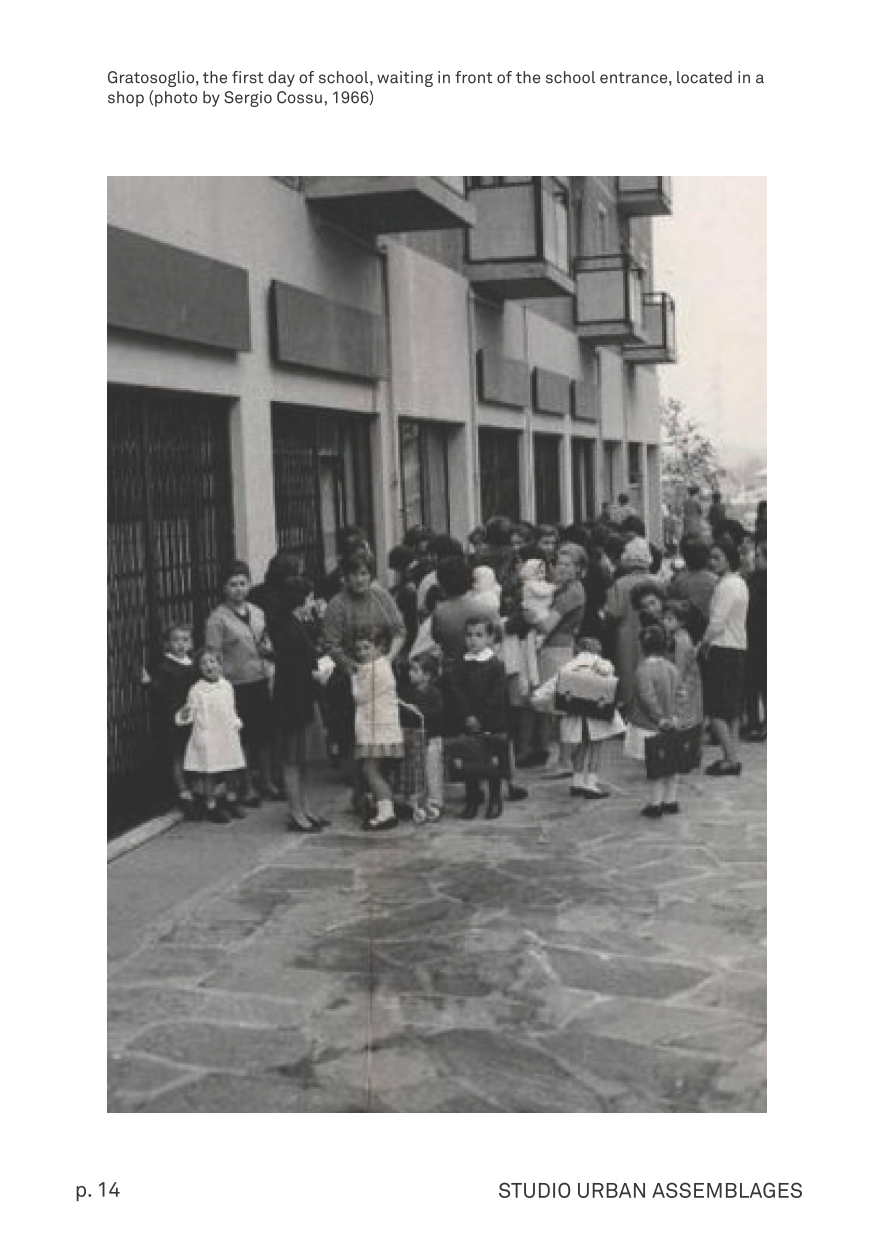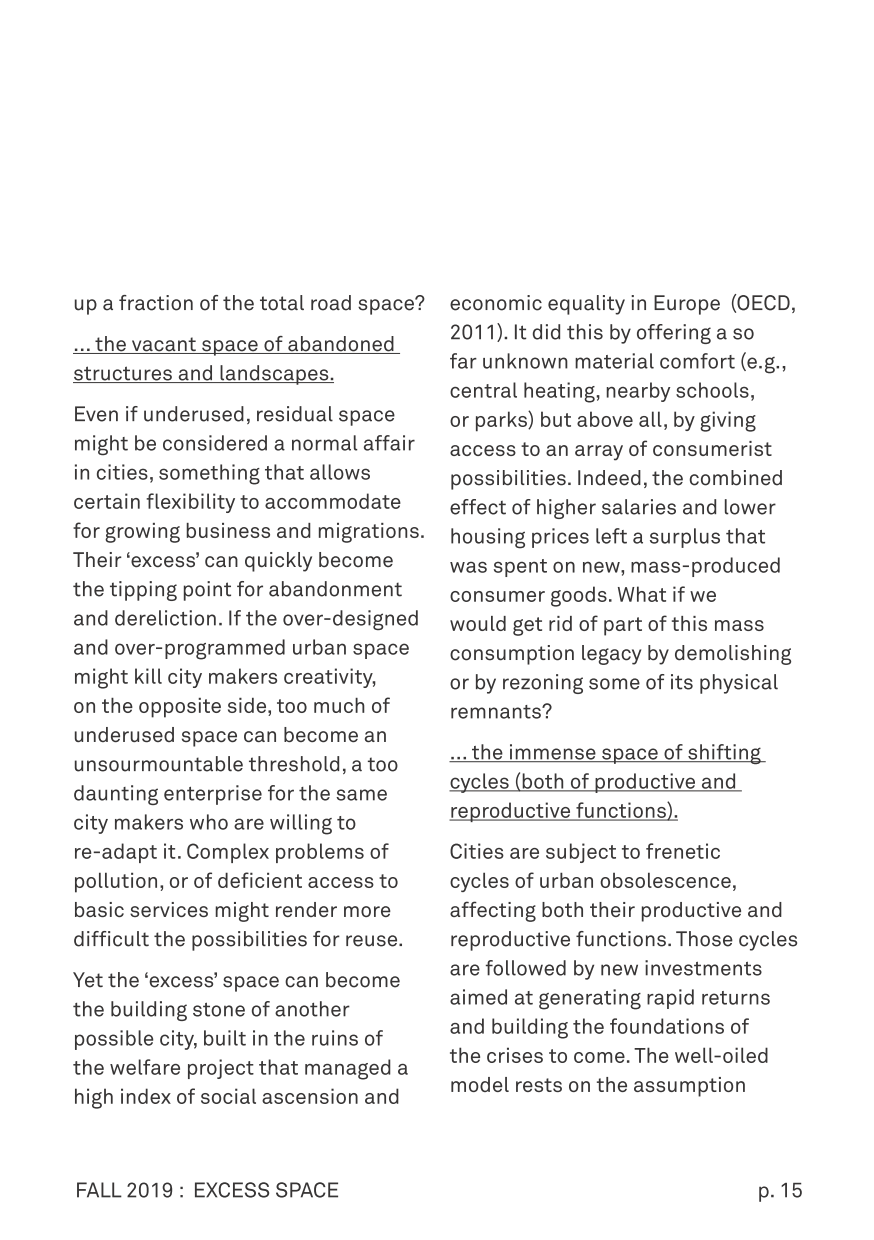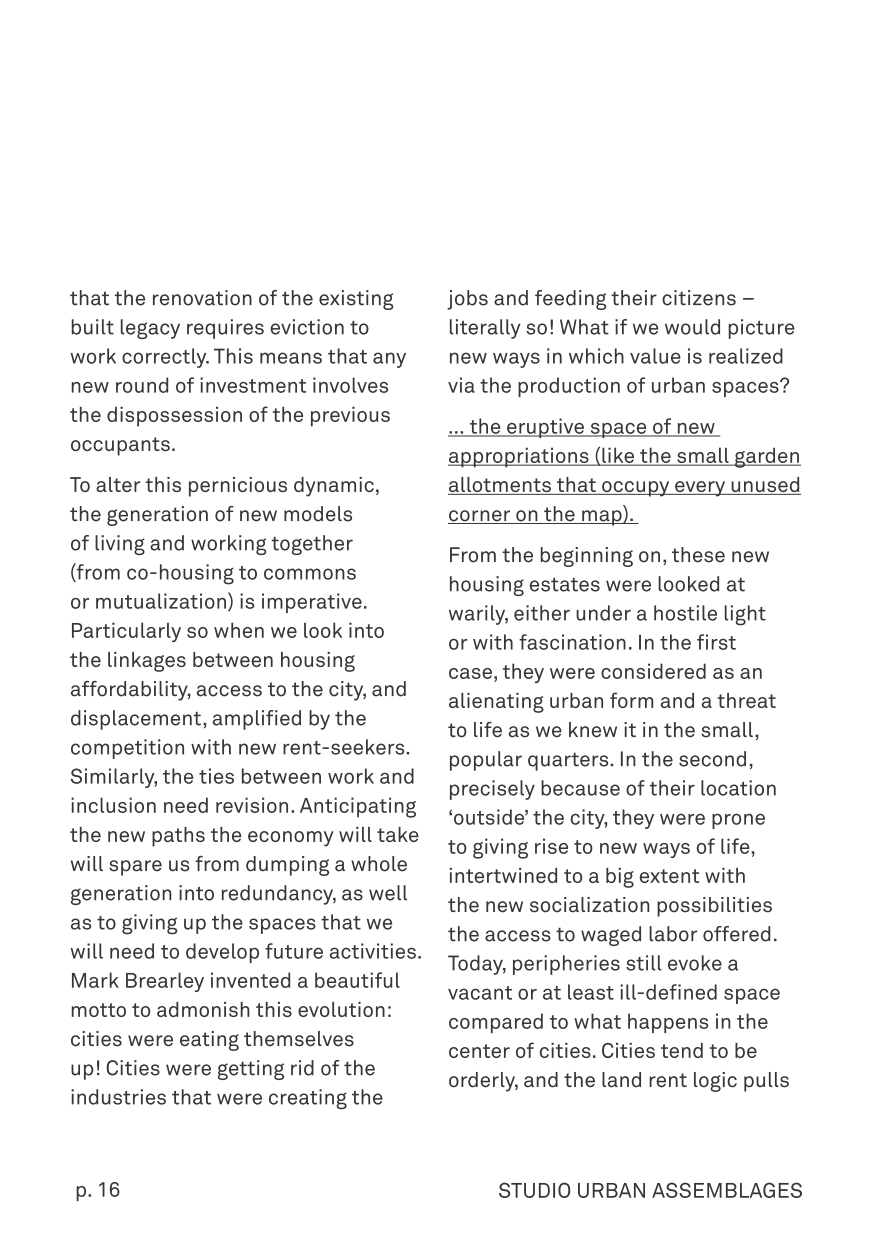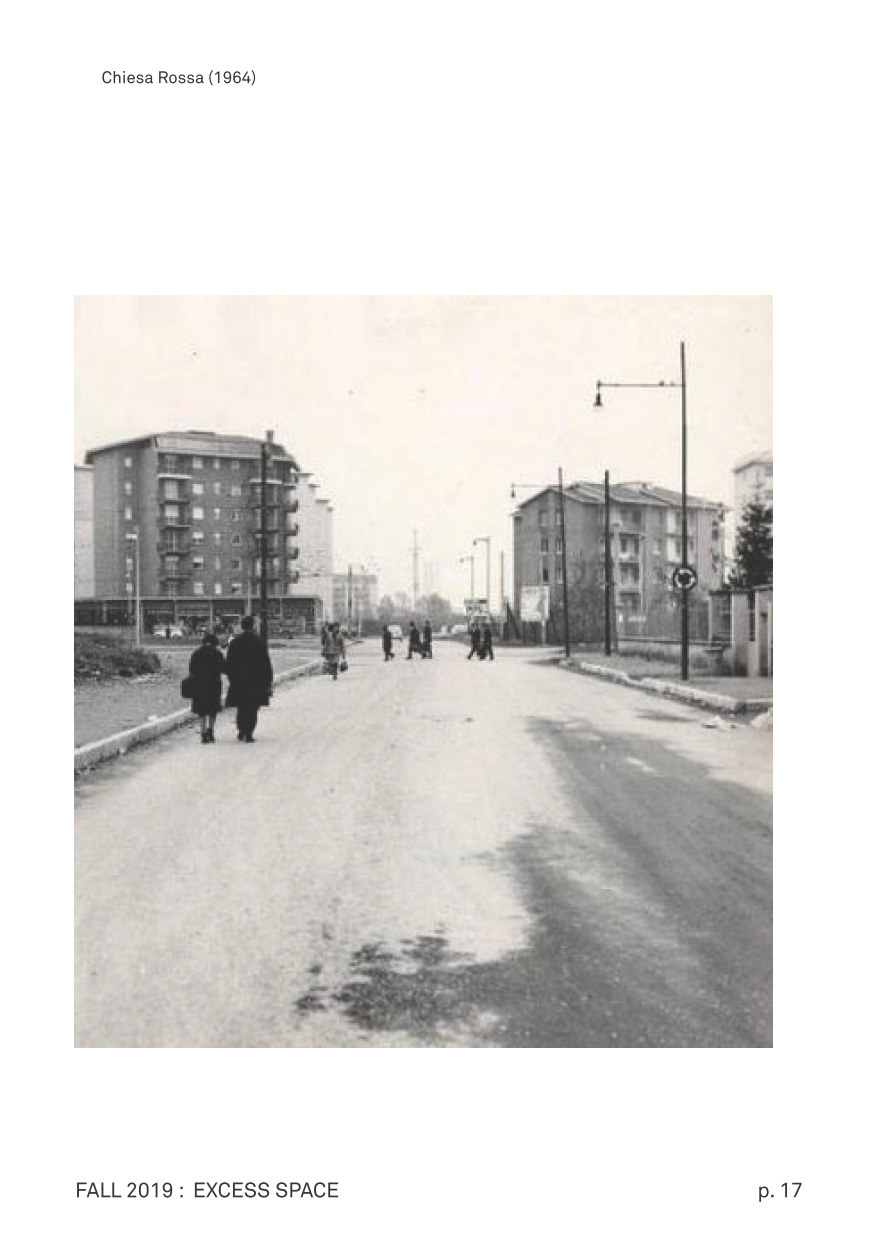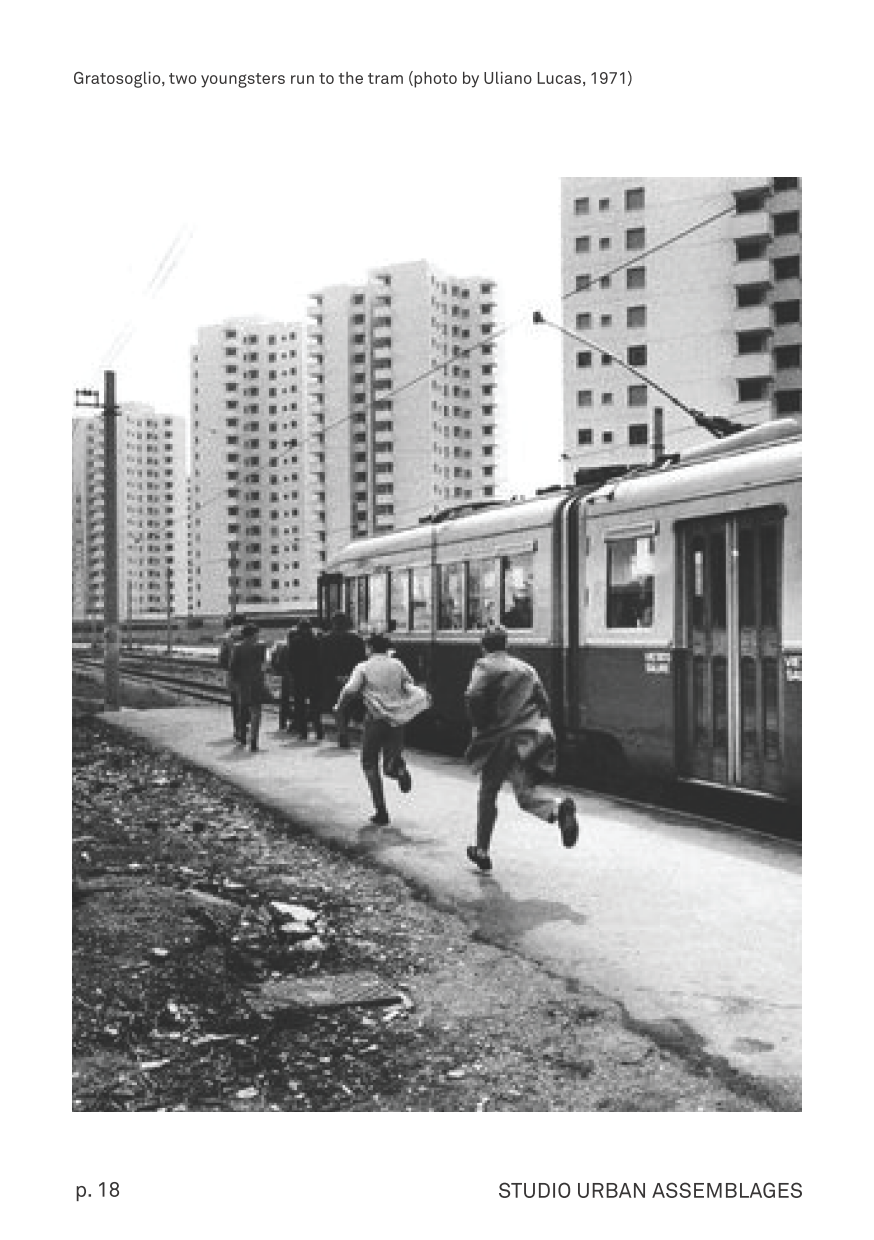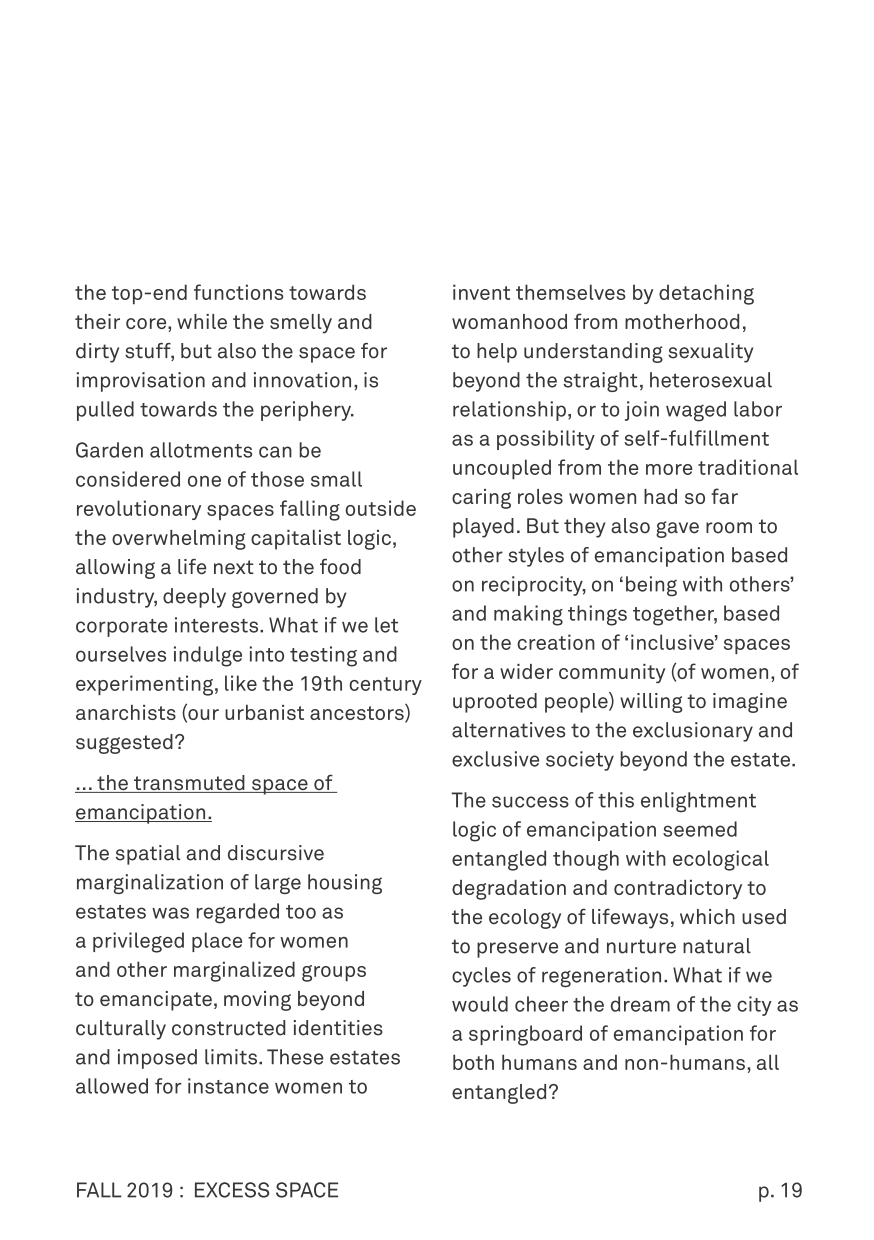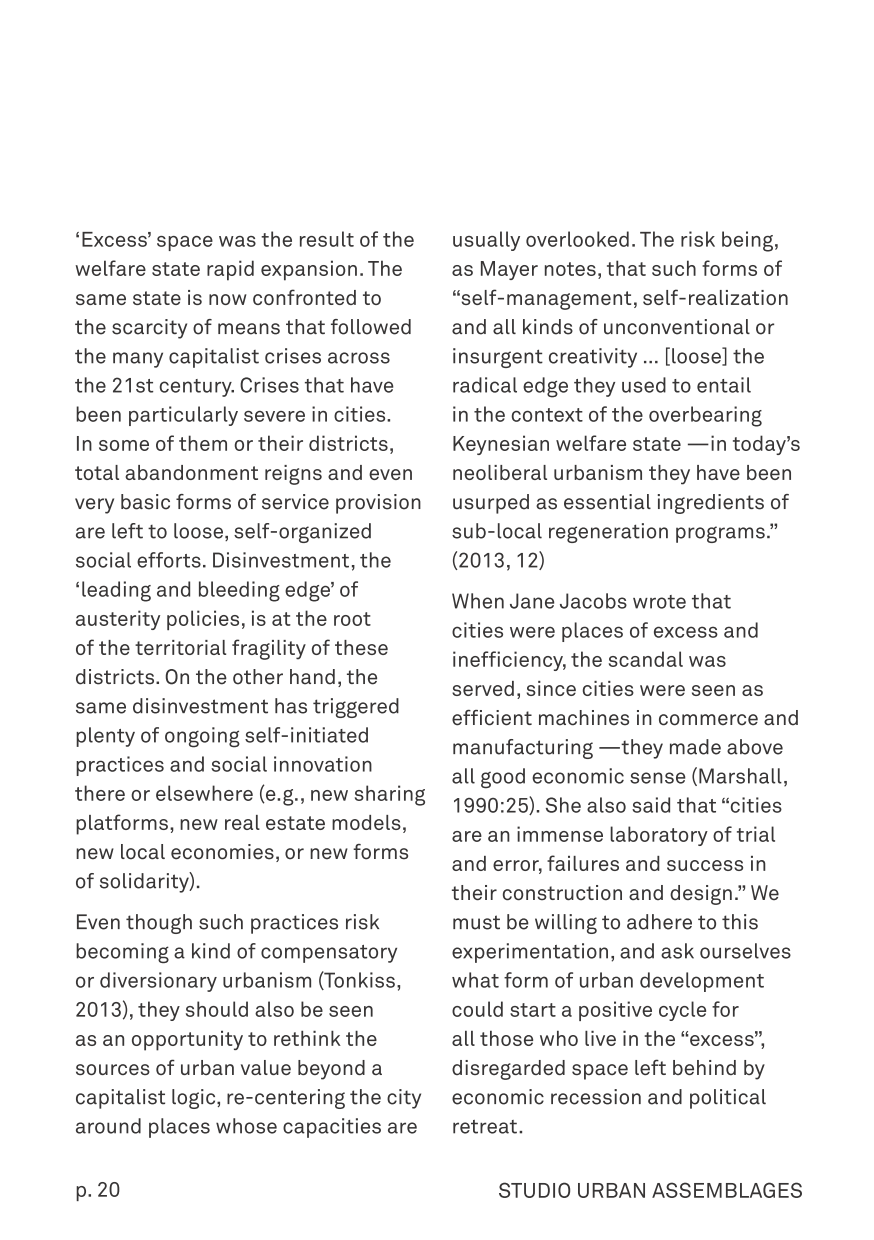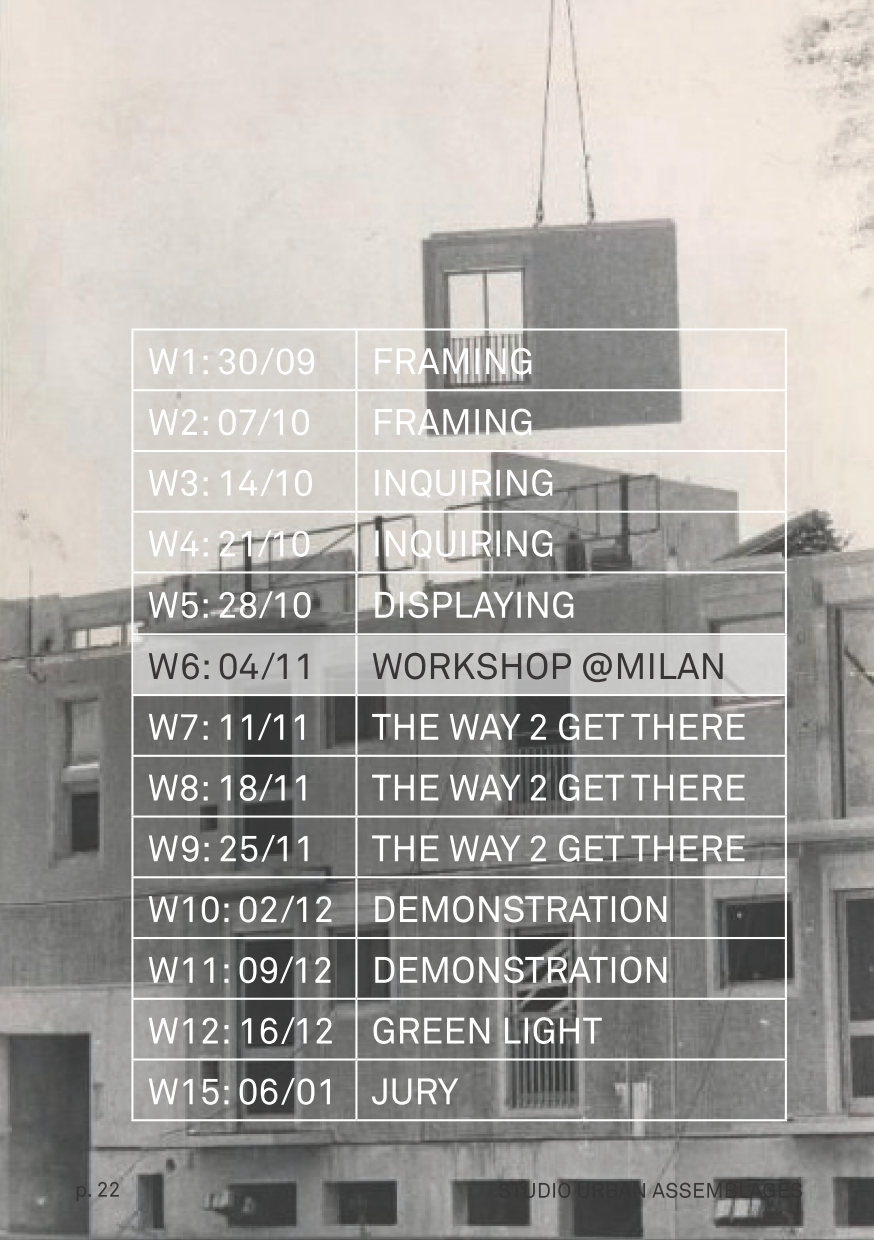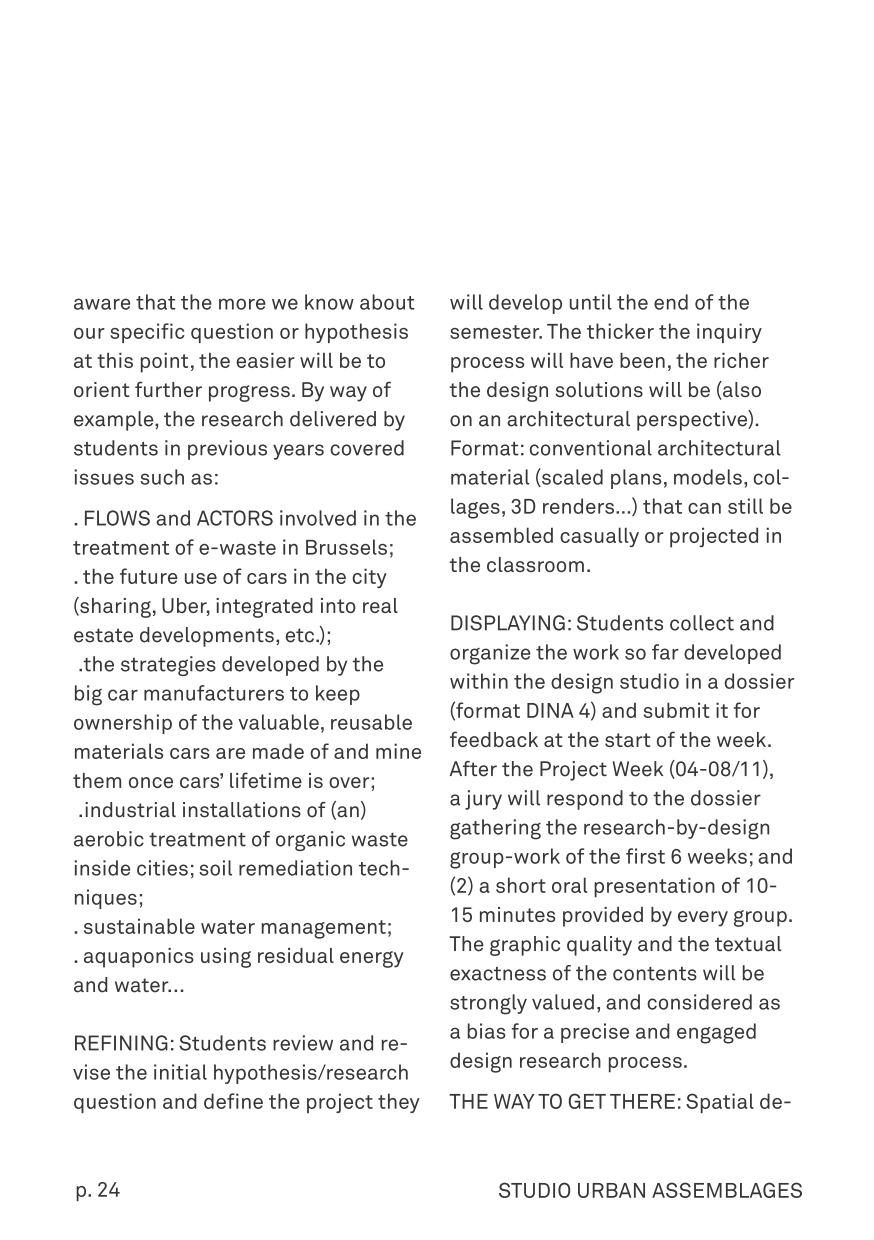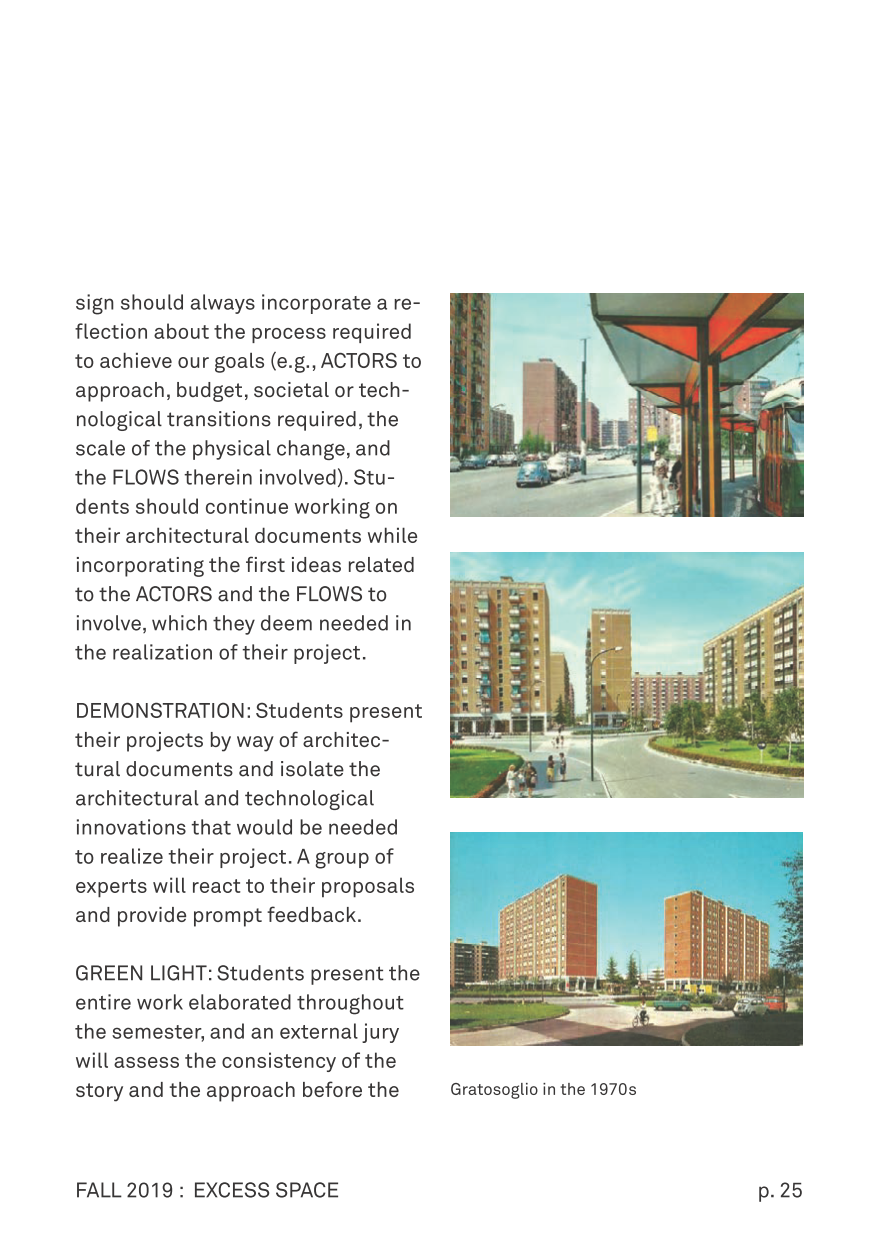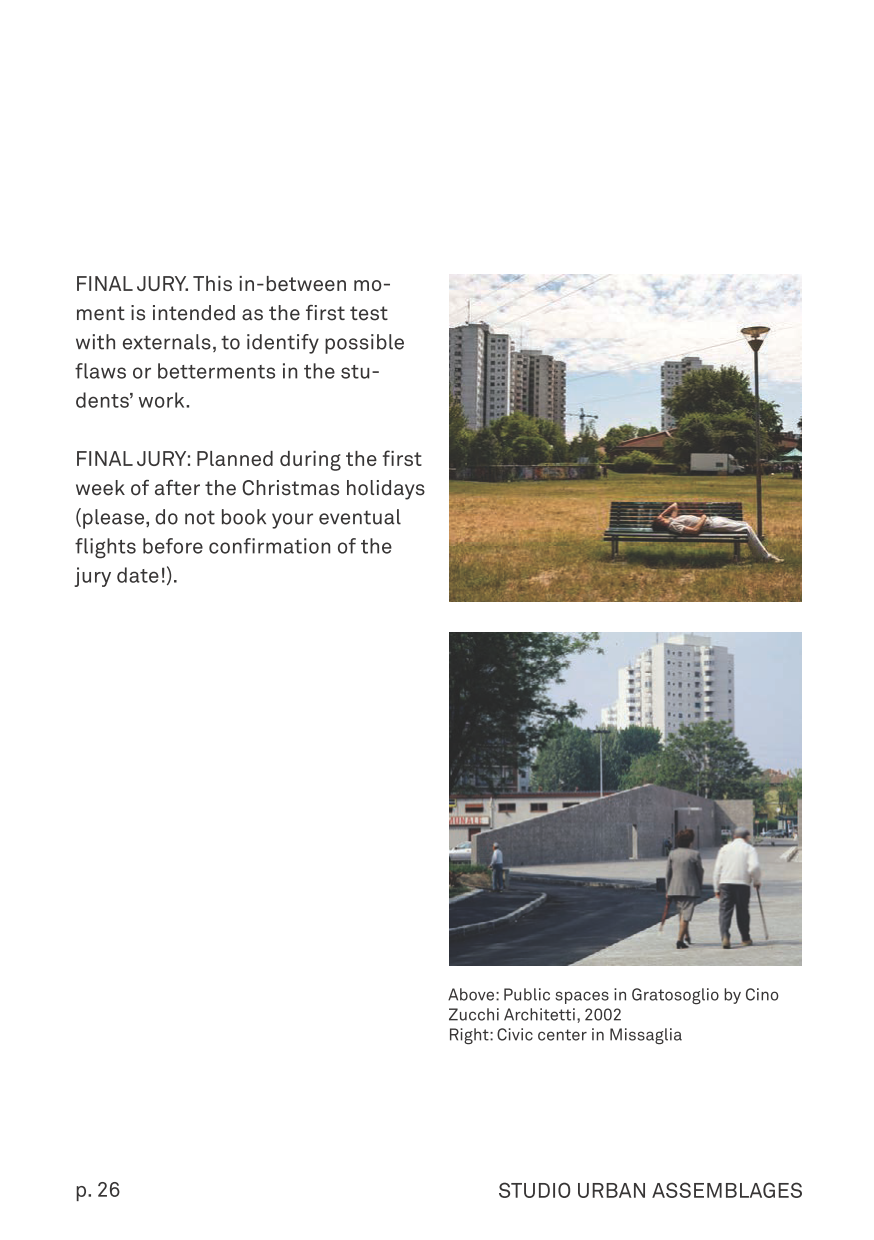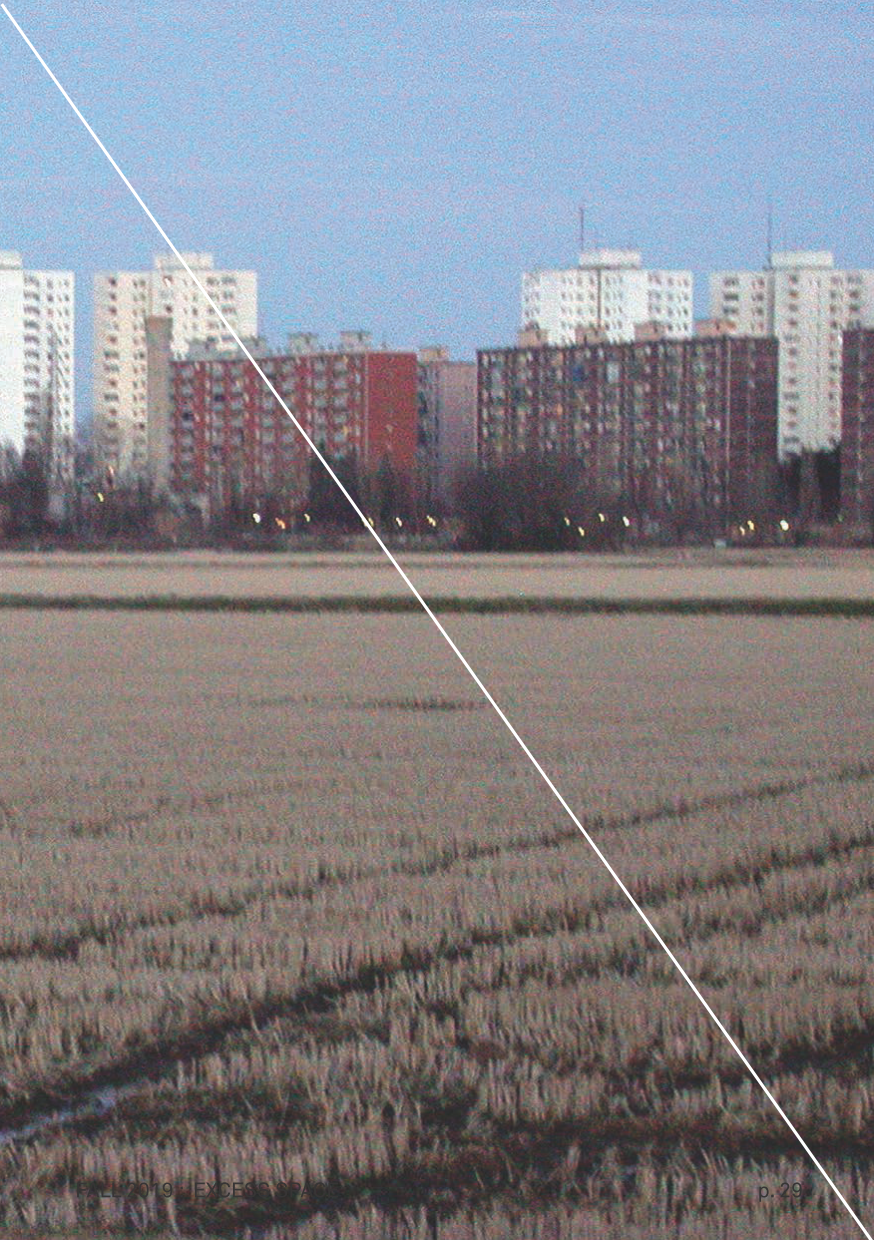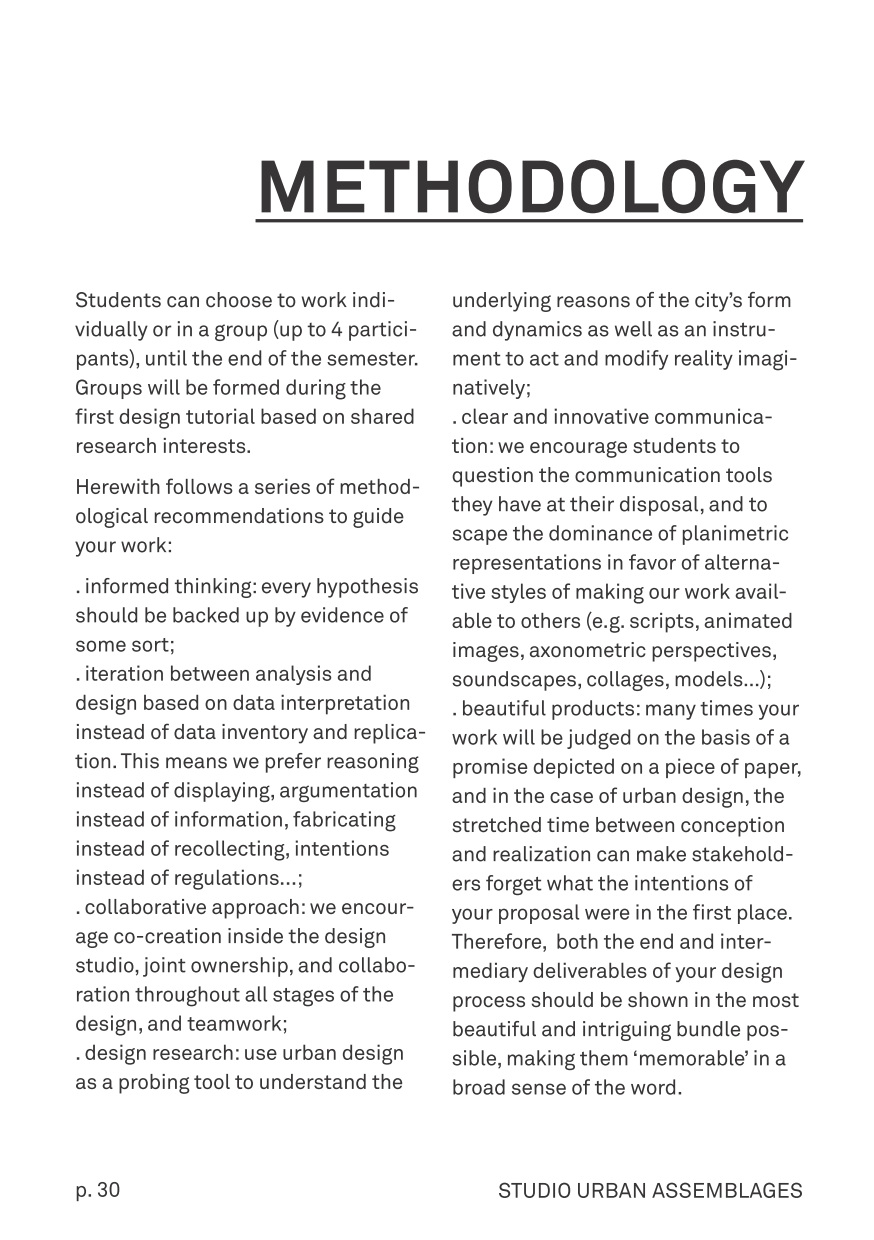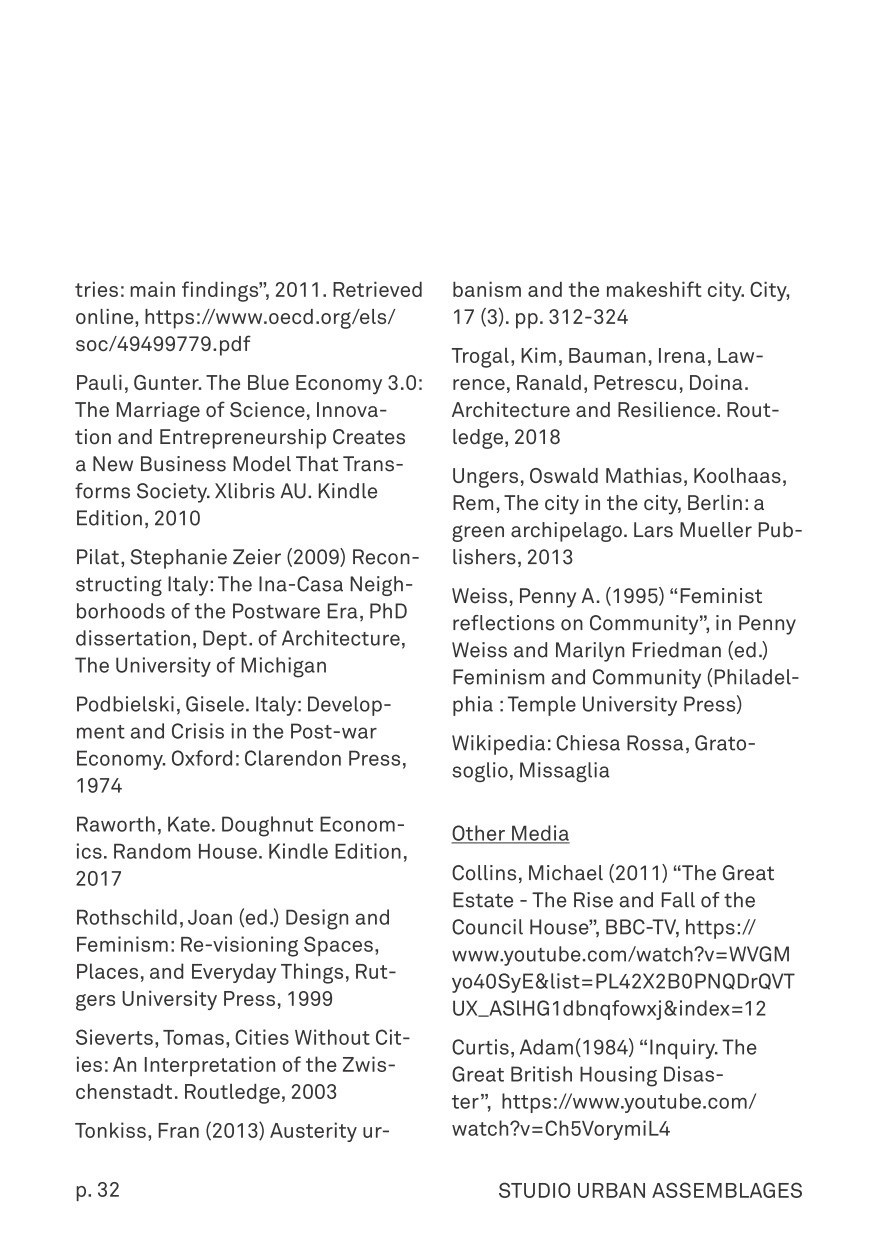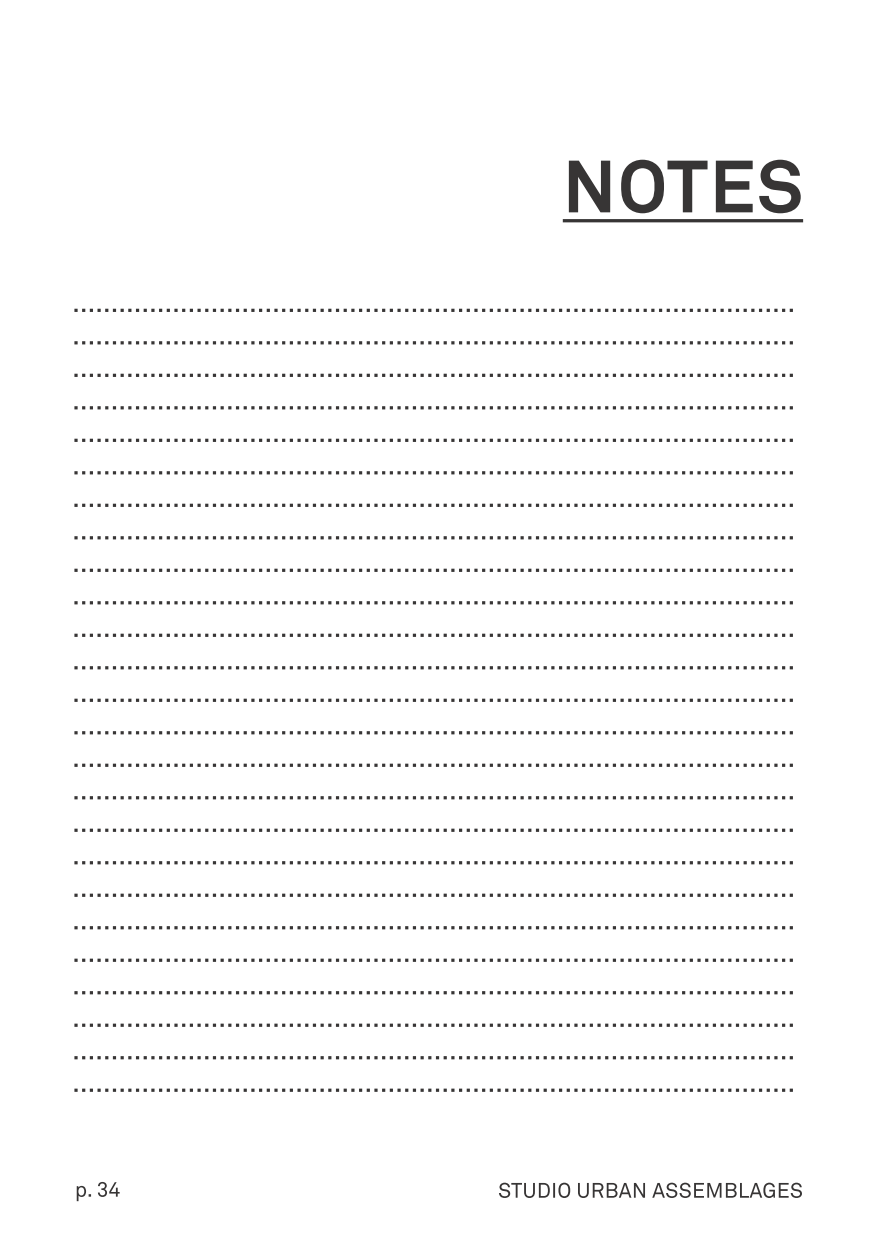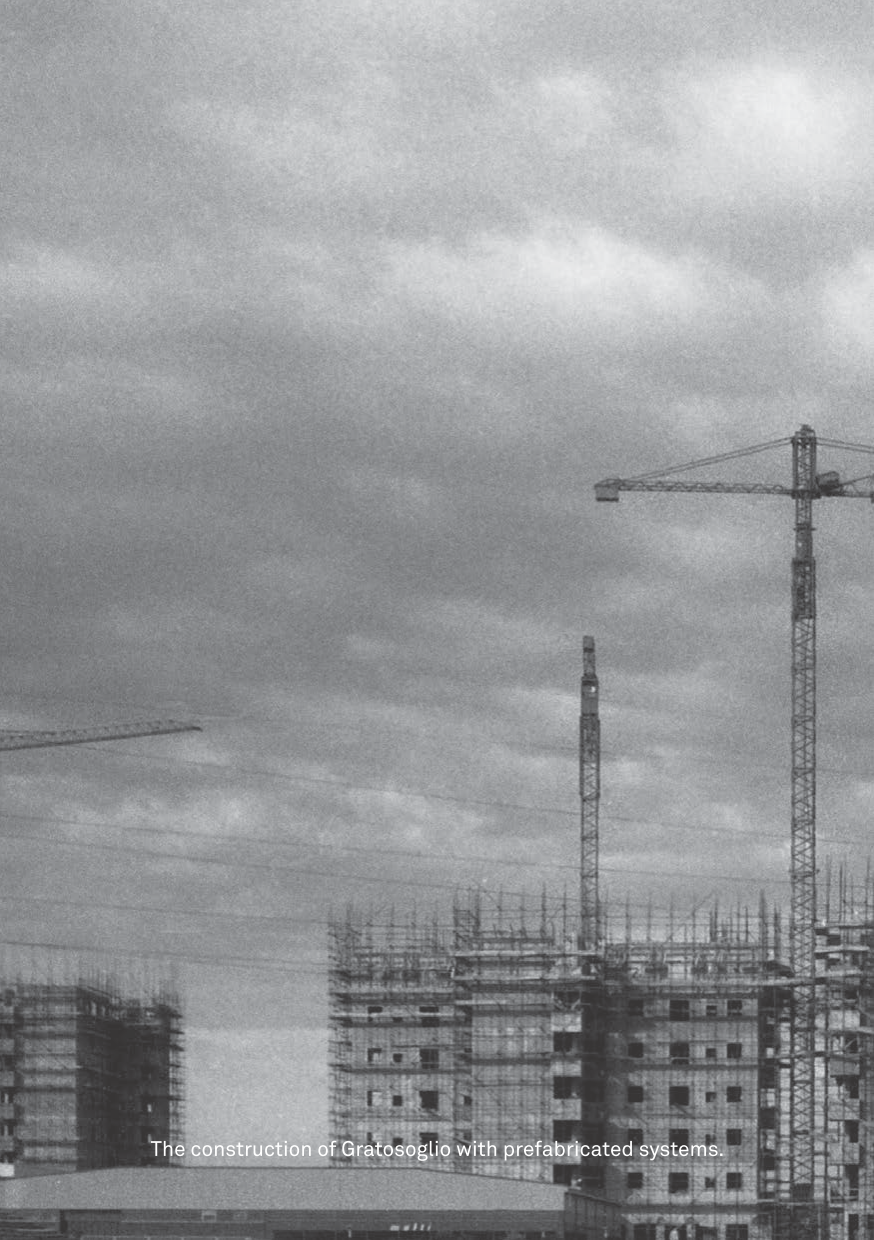Excess Space
This Fall semester, we are on the southern edge of Milan, in Gratosoglio. Initially, the area was occupied by agricultural villages between the river Lambro and the Via dei Missaglia —the ancient Roman road connecting Milan to Pavia. Beyond this road, a vast agricultural field existed, with farmsteads regularly punctuating it. This ancient agricultural land is still kept off new urbanization within the confines of the Milano Agricultural Parc, a protected farmland area since 1990. From the early sixties on, this territory was fully urbanized. Three large housing estates were erected there to alleviate the housing shortage Milan was confronted to after WWII, a shortage that was exacerbated by the massive migration of workers coming from the southern regions of Italy to the northern industries. Despite all the good ambitions behind this massive state endeavor, these housing estates were received with skepticism. While a few were fascinated by the modern outlook and the new world they seemed to inaugurate, others simply saw in them an efficient way to eradicate the slums, and the majority looked at them with unrest. In the beginning, the life in the three districts was hard: the roads had not yet been completed, and there was mud everywhere; the public connections with the center of Milan were precarious, uncomfortable and infrequent; and the services, starting from the food shops, did not meet the needs of the population. This infrastructural lack was partly compensated by a dynamic associative world and the solidarity between families, organizing collective care, and food supply in the form of prepared meals. The large green spaces and roundabouts served as meeting places for the kids of the neighborhood. The 70s crisis changed all of it and the vitality of the early years turned into a widespread deterioration of the social fabric and to its marginalization from the rest. Today, most of what is left behind is space, excess space.
In a time of many monetary crises and cutback in public services, the idea that cities can have something in ‘excess’ or in an amount that would be more than necessary, like space, becomes extremely attractive... and perhaps a bit arrogant: as if normal restraints could turn suddenly into an asset. Indeed, ‘excess’ appears a puzzling notion in today’s world. Everything we do seems born out of the opposite idea, that of scarcity. Our entire economic system is built around the assumption that production factor inputs (i.e., capital, labor, and land) are limited. Recent economic theories, from Doughnut Economics to Blue Economy to Circular Economy, highlight the dangers of the limited availability of resources, of the planetary boundaries we operate in –and the far-reaching implications for economic growth when we would take these boundaries into account. Urban design and planning exist because of the need to rationally allocate space and resources by growing well-being and reducing negative externalities in a highly capital intensive activity like urbanization is. And architecture as a discipline is equally built around the same postulates: being austere with space and material means while rising comfort and beauty. ‘Excess’ space is what there is plenty in the study area of this semester: the Gratosoglio post-war housing estates. The rapid population growth governing their existence resulted in an ‘excessive’ urbanization, and consequently in a surplus of public space, whether dedicated to streets or amenities. This ‘excess’ does not mean though that it is readily available or accessible to anyone. The access to it is deep-rooted in a diverse, contingent, and often contradictory set of regulations, practices, and physical artifacts. They ultimately filter out who and how one would have the right to use those places. Neither does it mean that all ‘excess’ space displays the same characteristics. A strong heterogeneity of ‘excess’ spaces exists within our study area. This diversity is spelled out in the following section. It will certainly demand a high degree of accuracy to explain their existence as well as an adapted strategy if we are to transform it. Finally, we wish to explore to which extent this ‘excess’ space could challenge the current model in which capitalism leverages scarcity and puts forward a concept of economic growth based on accumulation and alienation of worlds into assets. Is there a Post-Scarcity world? And how it may look like? Are leftover spaces an opportunity for mutualisation or just the scourge left behind by mounting inequalities? Could their taking of give birth to alternative styles of urban renewal or are they only “a way of temporizing, a refusal to give up despite the ruin all around”?
